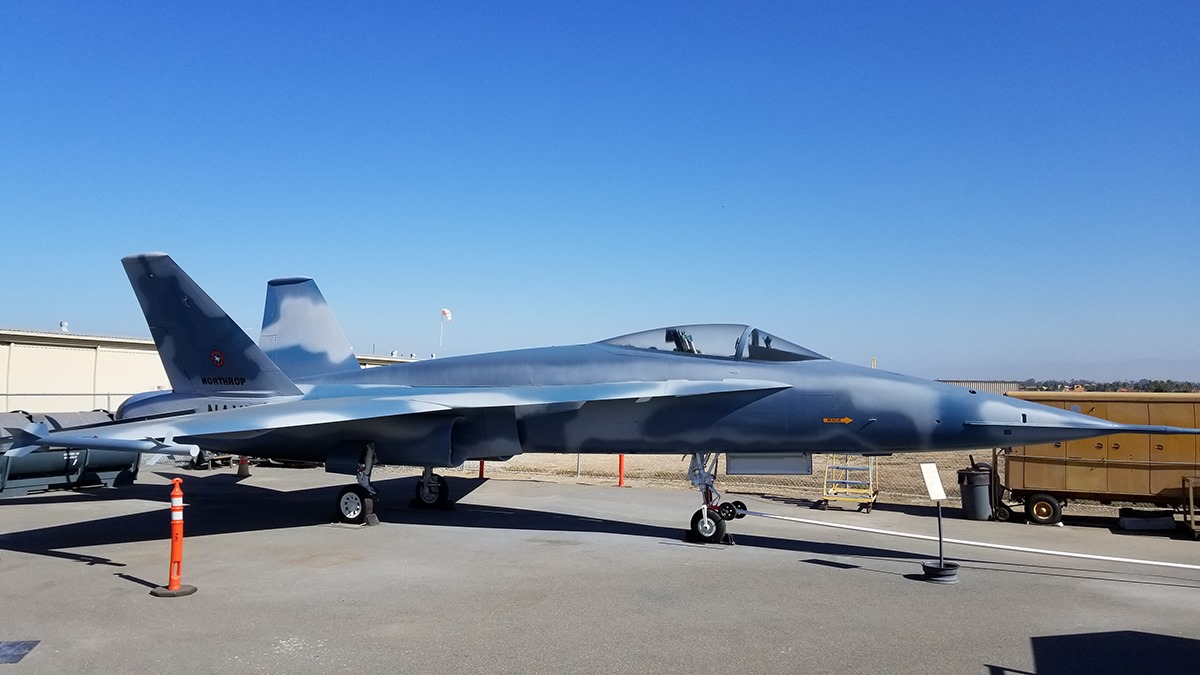Only two prototypes were built. One of these is the example 72-1569 that has just undergone several hundred hours of restoration work at the Western Museum of Flight in California. Now it sports an invented color scheme and markings quite different from the original ones….
In 1972 the U.S. Air Force sought proposals for a new fighter under the Lightweight Fighter (LWF) program. The LWF prototype program called for a small, lightweight, low-cost, air superiority day fighter designed for high performance and ease of maintenance; in other words the LWF was kicked off because there was the widespread believe among the members of the fighter community that aircraft like the F-15 Eagle were too large and expensive to operate. The YF-17 Cobra was Northrop’s pitch for LWF. The prototype was tested against the General Dynamics YF-16 in the LWF fly-off competition and, as you probably know, the Fighting Falcon (as the F-16 was officially designated) won and entered production in 1975.
According to the Western Museum of Flight, “after the failed LWF fly-off competition tests began with NASA over a seven week period From May 27 to July 14, 1976, at the Dryden Flight Research Center, Edwards, California. Testing included in-flight pressure data recorded through sensors from all over the aircraft and afterbody of the aircraft to improve wind-tunnel predictions for future fighter aircraft. Studies included transonic maneuverability, and stability and control factors in controlled flights. Also studied were stability and control and buffeting at high angles of attack as well as handling qualities at high load factors. Another objective of this program was to familiarize research center pilots with the operation of advanced high-performance fighter aircraft. During the seven-week program, all seven of the center’s test pilots were able to fly the aircraft with Gary Krier serving as project pilot”
Although it lost the LWF competition, the YF-17 prototype was also evaluated by the U.S. Navy that was interested in developing a strengthened version capable of carrier operation, to complement the expensive F-14 Tomcat. Northrop teamed with McDonnell Douglas to develop this new air combat fighter, which in enlarged form evolved into the successful F/A-18 Hornet.
Only two YF-17 prototypes were built: the examples 72-1569 and 72-1570, respectively on display at the Western Museum of Flight in Torrance, California, and the Battleship Memorial Park in Mobile, Alabama.
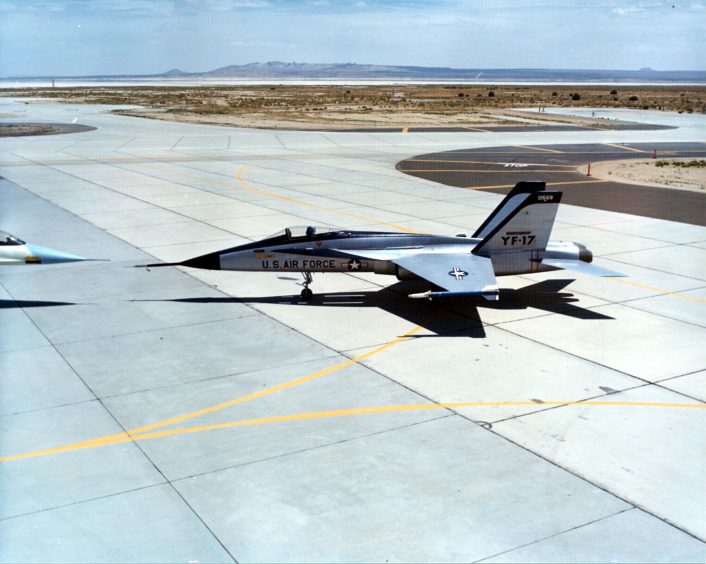
The first example has recently undergone several hundred hours of restoration work which included extensive corrosion control, a fresh paint job and some new decals. “Preserving the artifacts in our collection is an important branch of the work that we do at the museum. Volunteer hands lovingly attended to our Cobra and it now proudly displays a paint scheme of the United States Marine Corps, as well as the emblem of the Navy Fighter Weapons School (TOPGUN),” says a post by the Western Museum of Flight on Facebook.
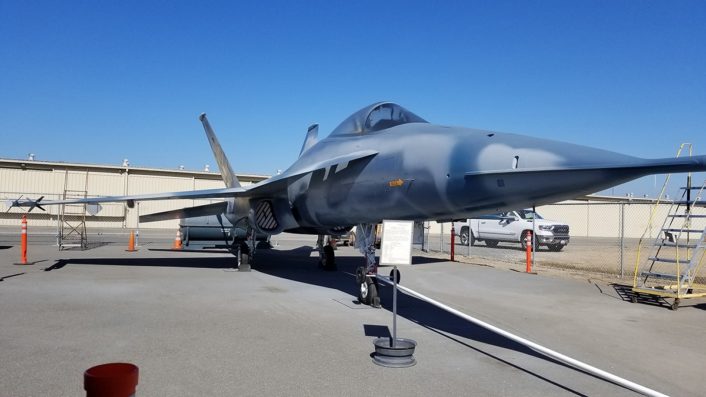
“This color scheme came with the enthusiastic approval of the Aviation Curator of the National Museum of the Marine Corps and we think you’ll be pretty impressed too.”
The paint scheme is not the one of the original YF-17 the U.S. Air Force and NASA tested but appears to be similar to the camouflage applied to a U.S. Navy example, 72-1570, that had also “NAVY” written on the starboard side and “MARINES” on the port side (you can see an image of the aircraft flying alongside an F-14 below).
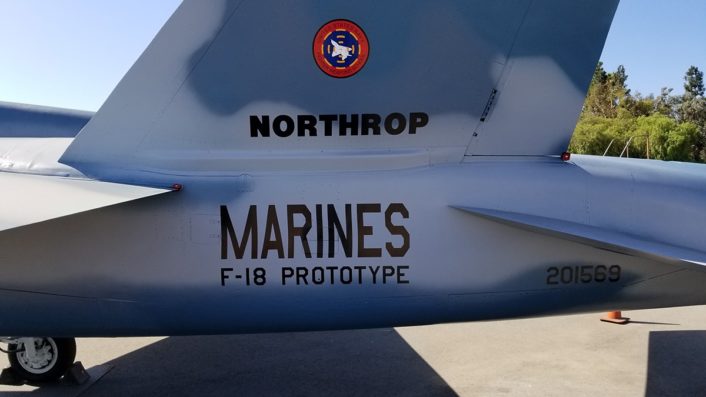
“General Yeager brought the YF-17 to NFWS (TOPGUN) at NAS Miramar. My Skipper LCDR J.H. Smith directed me to have our decal on that tail before he shuts down. We did just that” AFCM-AC Richard “Sonar” Bogert USN Retired, at the time Maintenance Coordinator and Senior Enlisted Advisor foe NFWS, told us in a message.
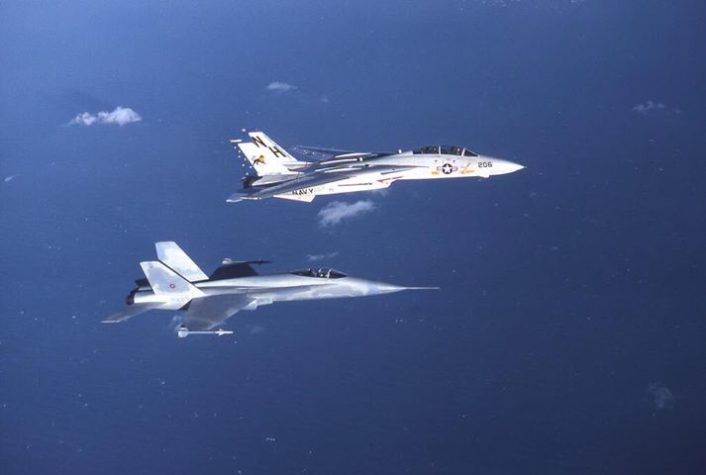
It must also be remembered that the preserved YF-17 has probably never worn the original color schemes and has been often painted with fictional camouflage patterns.

Although it does not wear the original paint scheme, the preserved YF-17 appears to be in pristine conditions and, considered its rarity, it is very well worth a visit for a more detailed look.

